Growing trees need three essentials – radiant energy from the sun, CO2 and rain from the atmosphere, and nutrients and minerals from the soil. Climate alarmists correctly claim that burning forest products in thermal power stations is “net-zero emissions” because burning the wood just puts the same CO2 back into the atmosphere.
Identical reasoning applies to grazing cattle.
Grasses have the same needs as growing trees: sunlight, CO2, water, and soil nutrients. Cattle eat pastures to build proteins, fats and bones. If meat and milk from cattle is consumed by humans, some of the carbon is quickly returned to the atmosphere via emissions from cattle and humans (from both ends). The rest is sequestered for a longish time in human bodies, bones and cemeteries but eventually returns to the atmosphere.
Thus, raising cattle for meat or milk produces negative carbon emissions in the short term and “net zero emissions” in the long term. Managed properly in concentrated moving herds, grazing cattle also improve the health and carbon content of pastures and soils.
Therefore, “All cows are green”.
What about bovine methane? The carbon in methane comes from pastures and the atmosphere – grazing cattle put it back.
About 20% of Earth’s surface is covered by grasslands but trees and scrub are continually invading the grass. Huge mobs of wild and domesticated ruminants have been grazing the grasslands for millennia, providing food for humans and other carnivores further up the food chain. Replacing wild herds of grazing ruminants with domestic herds of grazing ruminants is another net-zero game.
Without grasses and ruminants, humans would starve. Despite what the green-smoothie set believe, humans cannot digest grass. That needs the second stomach of ruminants and that natural digestion process produces methane emissions. These emissions return valuable carbon to the atmosphere to nourish next season’s grasses.
Methane has always seeped from marshes, bubbled from methane hydrates under the oceans and leaked from coal seams, oil and gas seeps, termite mounds and volcanoes.
Ruminants will never trigger global warming but global cooling is a deadly threat. We are past the peak of this warm era. When the great ice sheets return only those with reliable energy and food supplies will survive.
If we protect our cattle, they will support us.
Got something to add? Join the discussion and comment below.
Get 10 issues for just $10
Subscribe to The Spectator Australia today for the next 10 magazine issues, plus full online access, for just $10.

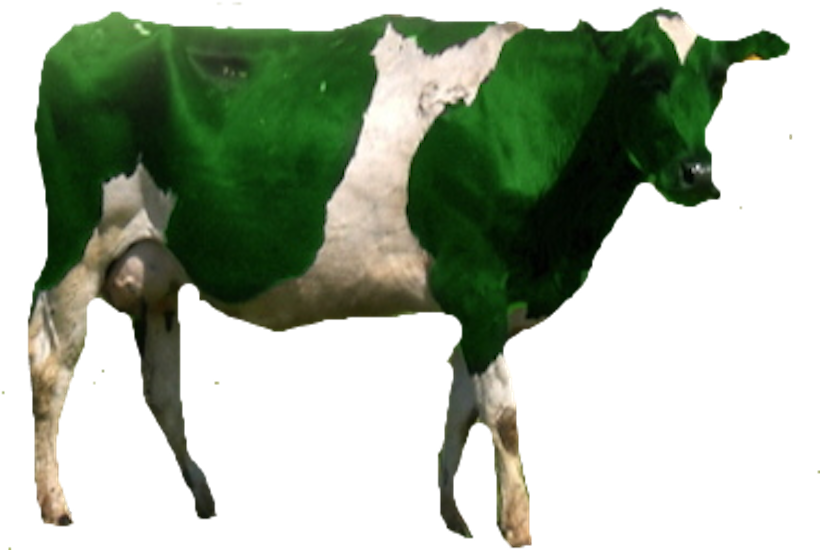

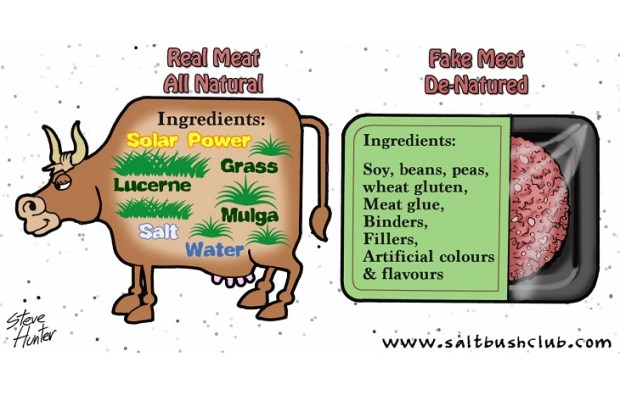
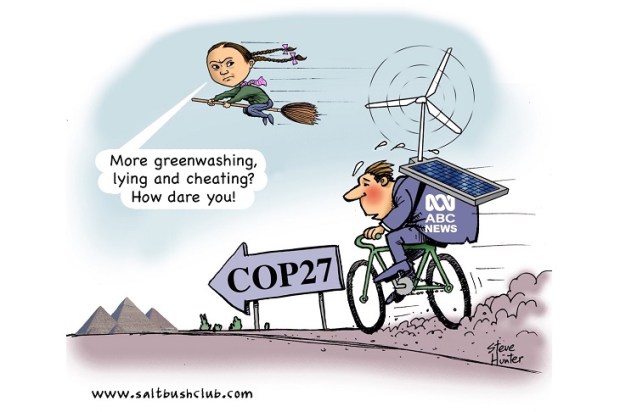
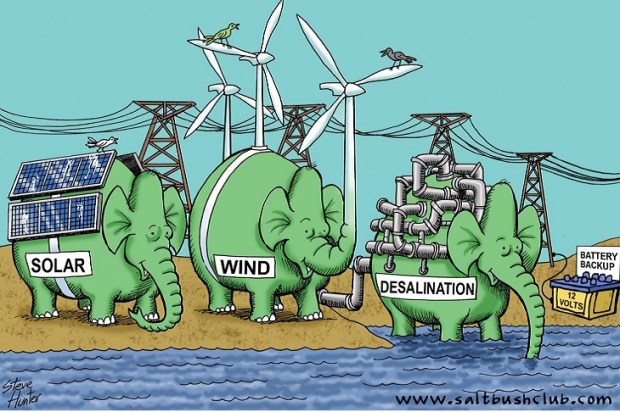
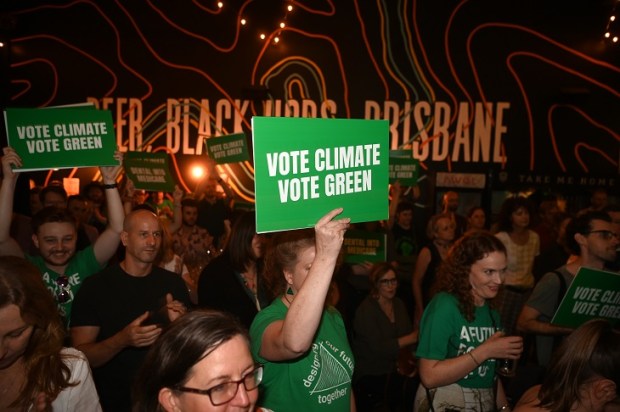
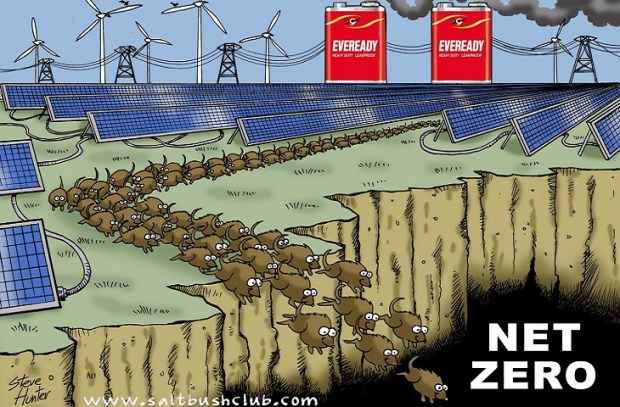


















Comments
Don't miss out
Join the conversation with other Spectator Australia readers. Subscribe to leave a comment.
SUBSCRIBEAlready a subscriber? Log in